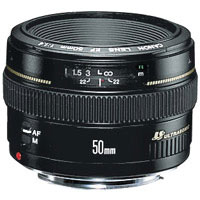Canon Powershot G11 Digital Camera: Field Test Report
Peter Burian tests this premium-grade camera with 10MP resolution to determine how it compares to the very popular G10
One of the top rated digicams on the market, the 14.7 megapixel PowerShot G10 was recently replaced by the G11, with lower resolution said to provide superior image quality. The G10 was definitely an ideal second camera for serious photographers. In fact, this is the one that many of the pros carried when we went out for dinners while working at a week-long photo seminar in Dubai. (Also see Jack Neubart’s Canon PowerShot G10 Review here at Photocrati.com)
After testing the G10, I fell in love with that camera and bought one for my own use. While it received rave reviews about its conventional controls and low ISO quality, most test reports complained about its high ISO performance.
In my own review for a Canadian magazine, I made the following comment about the G10: By ISO 800, images made in low light are still very sharp but very grainy although that’s not a problem in 5×7″ prints. At higher ISO, JPEG quality really suffers due to speckling and some smearing of fine detail by Noise Reduction processing. At ISO 800+, slightly better results are possible with Raw capture since Noise Reduction and Sharpening can be set to the optimal level in the converter software.
Most technical experts indicated that the problem was caused by the excessively small pixels (photosites). Apparently the engineers at Canon agreed since the company responded by replacing the G10 with the G11, with substantially lower 10 megapixel resolution provided by a new High Sensitivity sensor. That step made sense of course, since it allowed for larger photosites – with greater light gathering ability – for superior results at high ISO. (more…)




 If you own or have used this lens, let us know what you think! Leave your comments and thoughts below.
If you own or have used this lens, let us know what you think! Leave your comments and thoughts below.




